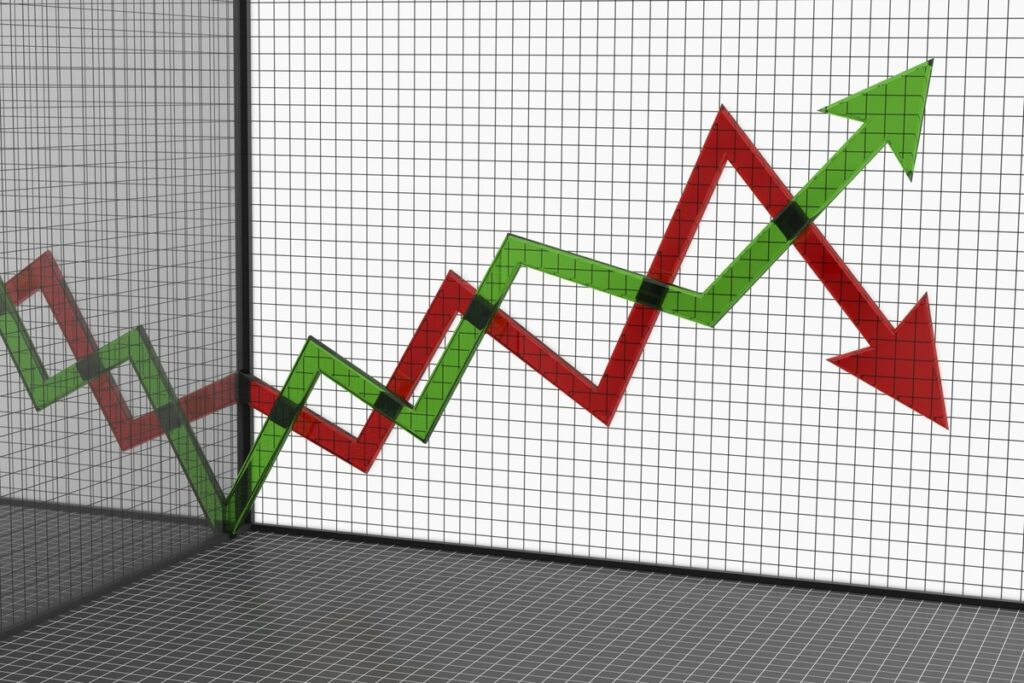Embarking on the journey of trading is a venture into a dynamic and complex landscape. Amidst the multitude of trading liquidity concepts, understanding and effectively utilizing liquidity zones can be a game-changer. Now we will go through the intricacies of the trading liquidity concept, empowering you to navigate and trade high-impact liquidity zones with confidence.
Demystifying the Trading Liquidity Concept
Understanding Liquidity Zones
Liquidity refers to the ease with which an asset can be bought or sold without causing a significant price change. Liquidity zones in trading represent specific price levels on a chart where a surge in buying or selling activity is anticipated. These zones often coincide with areas of high trading volume, creating pockets of increased market activity.

Identifying Key Liquidity Levels
Successful trading hinges on the ability to identify key liquidity levels. These are typically found at significant price levels, such as support and resistance zones, where a large number of buy or sell orders are clustered. Utilizing technical analysis tools, you can identify these levels and anticipate potential price reactions.
Recognizing High-Impact Zones
Not all liquidity zones are created equal. High-impact liquidity zones are characterized by a substantial concentration of buy or sell orders. These zones often occur near major psychological levels, trend reversal points, or during significant news events. Recognizing these high-impact zones is crucial for strategic trading decisions.
Strategies for Trading High-Impact Liquidity Zones
Utilizing Price Action
Price action is a powerful tool for trading liquidity zones. Observing how price behaves around these zones can provide valuable insights. Look for price reactions such as bounces, breakouts, or consolidations, as they can signal potential trading opportunities.
Incorporating Volume Analysis
Volume analysis is integral to understanding liquidity. High trading volume near liquidity zones confirms the significance of those levels. Tools like volume profiles or on-balance volume (OBV) indicators can enhance your ability to gauge the strength of a liquidity zone.
Waiting for Confirmation
Patience is key when trading liquidity zones. Rather than impulsively entering trades as price approaches a liquidity zone, wait for confirmation. This could be in the form of a candlestick pattern, a trendline breakout, or a surge in volume. Confirmation adds a layer of reliability to your trading decisions.
Implementing Risk Management
Trading inherently involves risks, and managing those risks is paramount. Implement risk management strategies such as setting stop-loss orders and position sizing. This ensures that, even if a trade doesn’t unfold as anticipated, the potential losses are controlled.
Navigating News Events and Liquidity
Being Mindful of the Economic Calendar
Major news events can significantly impact liquidity zones. Stay informed about economic releases, central bank statements, and geopolitical events. The economic calendar is a valuable tool for anticipating periods of heightened volatility and adjusting your trading strategy accordingly.
Adapting to News-Driven Liquidity Spikes
News-driven events can lead to sudden liquidity spikes. During these periods, markets may experience rapid price movements and increased volatility. Being adaptable and adjusting your trading approach to navigate these spikes is crucial for capitalizing on opportunities while managing risks.
The Psychological Aspect of Trading Liquidity Zones
Controlling Emotions
The psychological aspect of trading is often underestimated. When trading liquidity zones, emotions can run high, especially if the price approaches a significant level. Cultivate discipline and emotional control to make rational decisions based on analysis rather than impulsive reactions.
Staying Disciplined in Profit and Loss
Discipline extends to both profitable and losing trades. Avoid the temptation to deviate from your trading plan when in profit, and equally important, maintain discipline when facing losses. Learning from both successes and setbacks contributes to long-term trading success.
Choosing the Right Instruments for Liquidity Zone Trading
Forex Market
The forex market is known for its liquidity, making it a favorable arena for trading liquidity zones. Major currency pairs often exhibit well-defined liquidity zones, providing ample opportunities for traders.
Stock Market
Particularly with highly liquid stocks, trading liquidity zones can be a lucrative strategy. Blue-chip stocks and those with significant trading volumes offer diverse possibilities for liquidity zone trading.
Cryptocurrency Market
The cryptocurrency market is another arena where trading liquidity zones can be effectively applied with its rapid price movements. Major cryptocurrencies often exhibit distinct liquidity levels, presenting opportunities for strategic trading.
Continuous Learning and Adaptation
The trading landscape is dynamic, and what works today may require adjustments tomorrow. Continuous learning, staying informed about market dynamics, and adapting your trading strategies are essential components of long-term success in trading liquidity zones.
Elevate Your Trading Skills with Our Exclusive Liquidity Mastery Courses!
Ready to take your trading to new heights? Dive into the world of liquidity mastery with our comprehensive courses on trading liquidity concepts. From deciphering high-impact liquidity zones to mastering strategic trading, our curriculum empowers you with the skills to navigate the markets with confidence. Seize the opportunity to unlock profitable pathways, and enroll in our exclusive courses today!
Transform Your Trading Journey Now!
Buy Courses From Here
Conclusion
Trading liquidity zones is an art that combines technical analysis, strategic thinking, and emotional discipline. By understanding the trading liquidity concept and employing effective strategies, you can transform liquidity zones from potential obstacles into opportunities. Whether you’re a novice or an experienced trader, mastering the art of trading liquidity zones is a continual journey that unfolds with each market interaction. Equip yourself with knowledge, hone your skills, and embrace the dynamic world of liquidity-driven trading with confidence.

